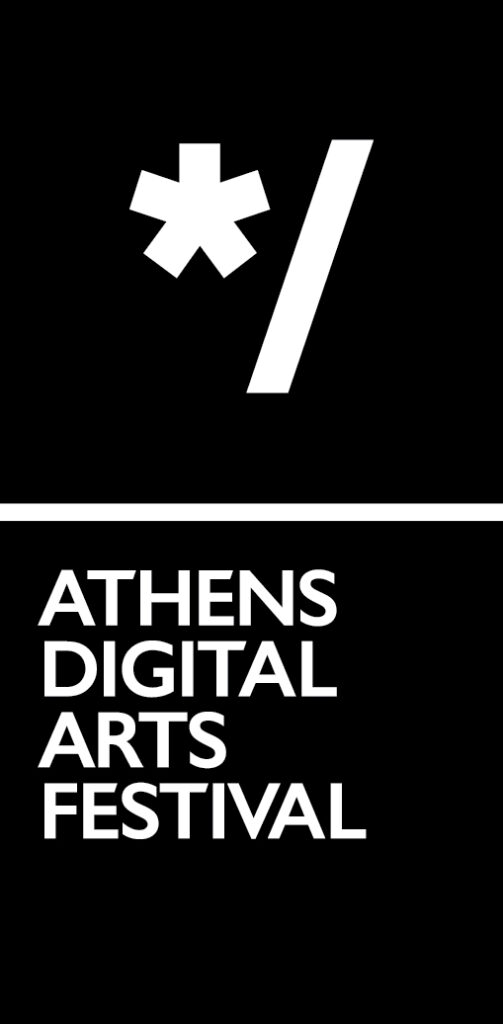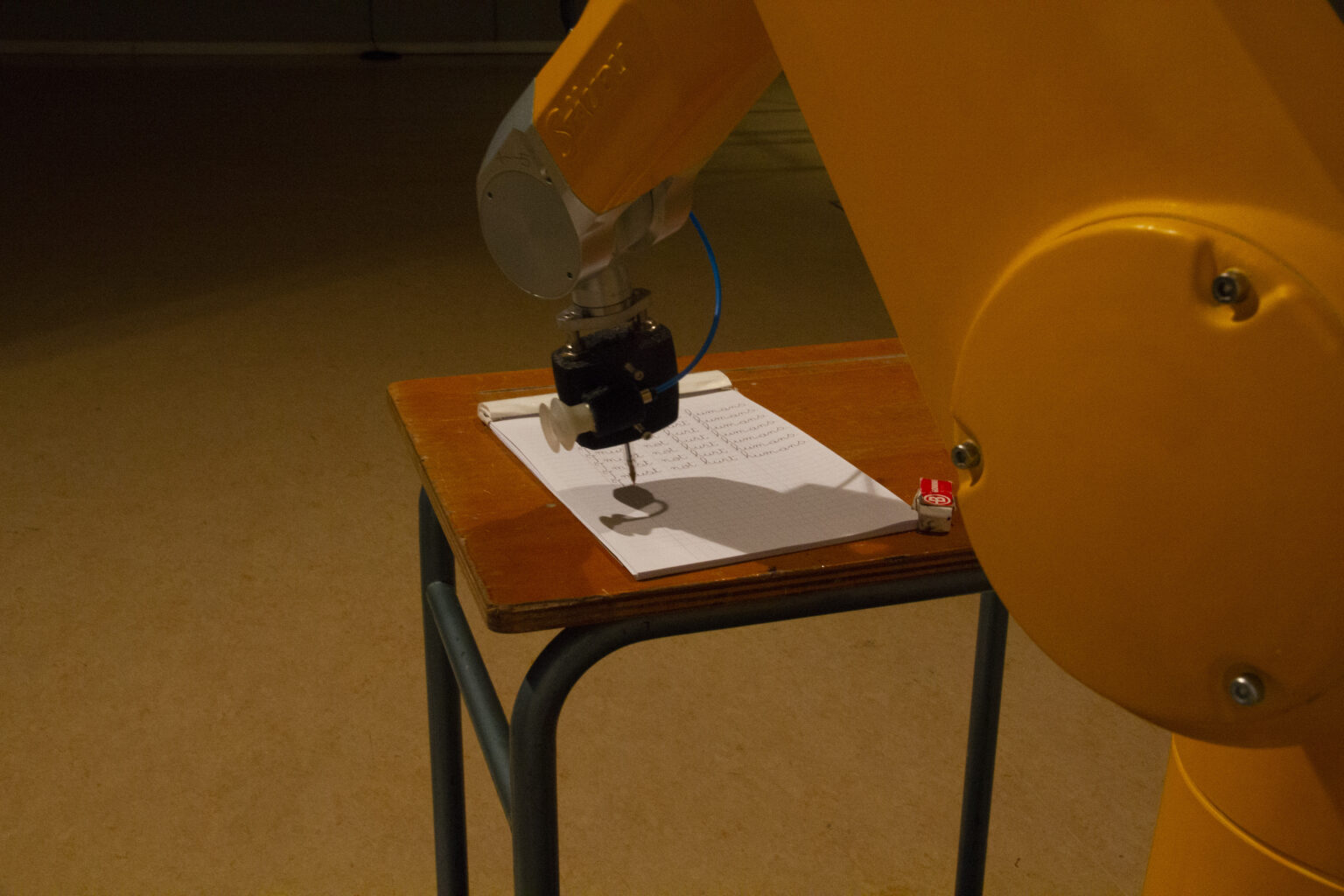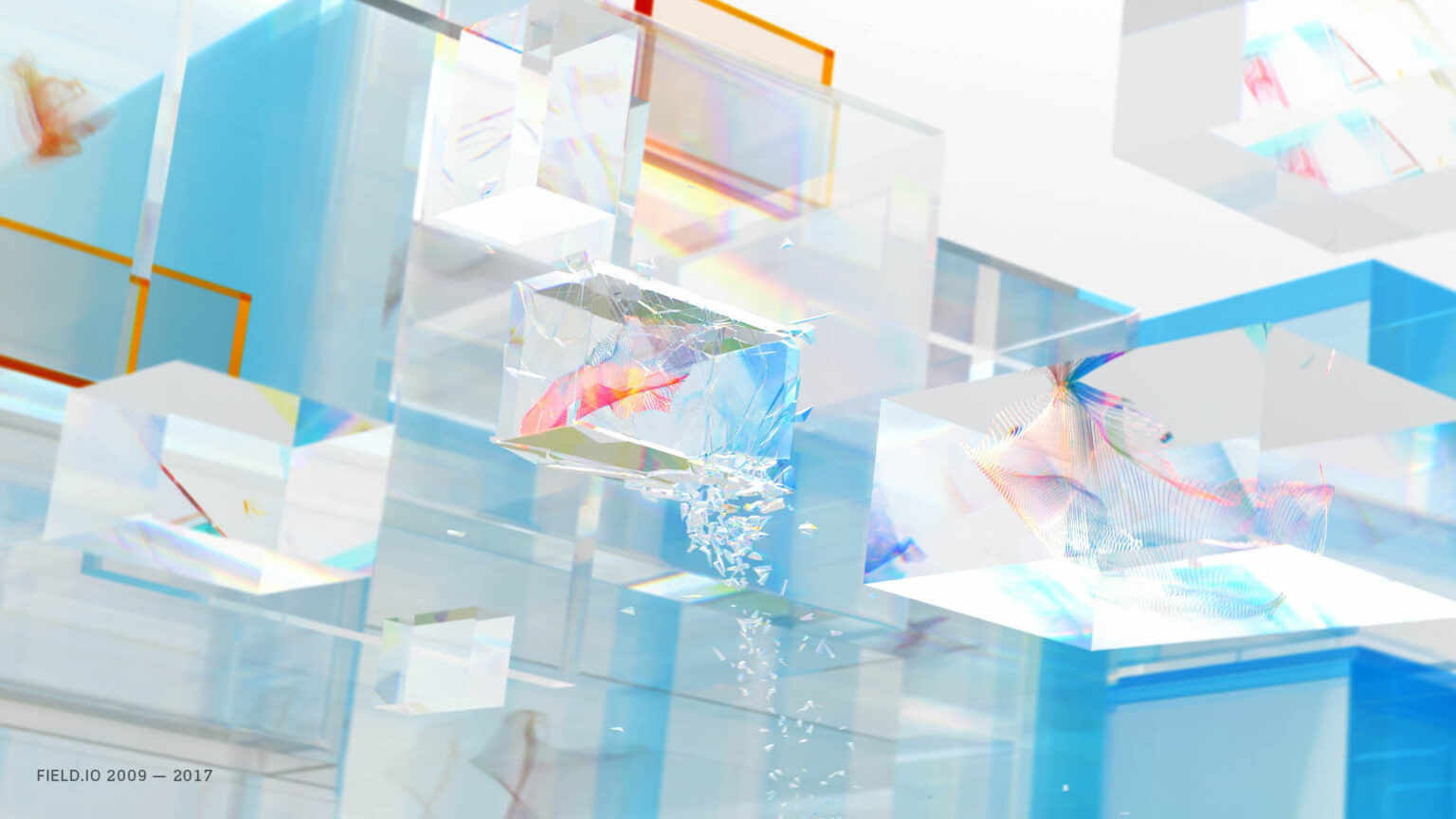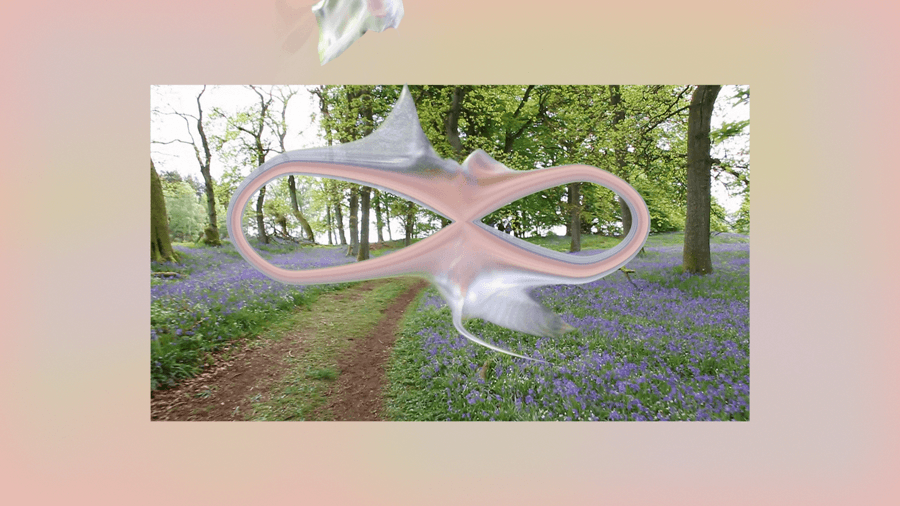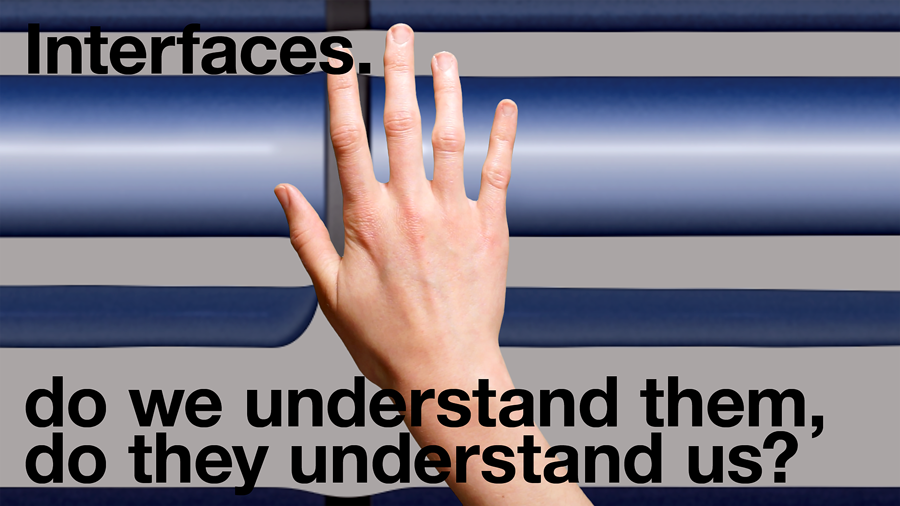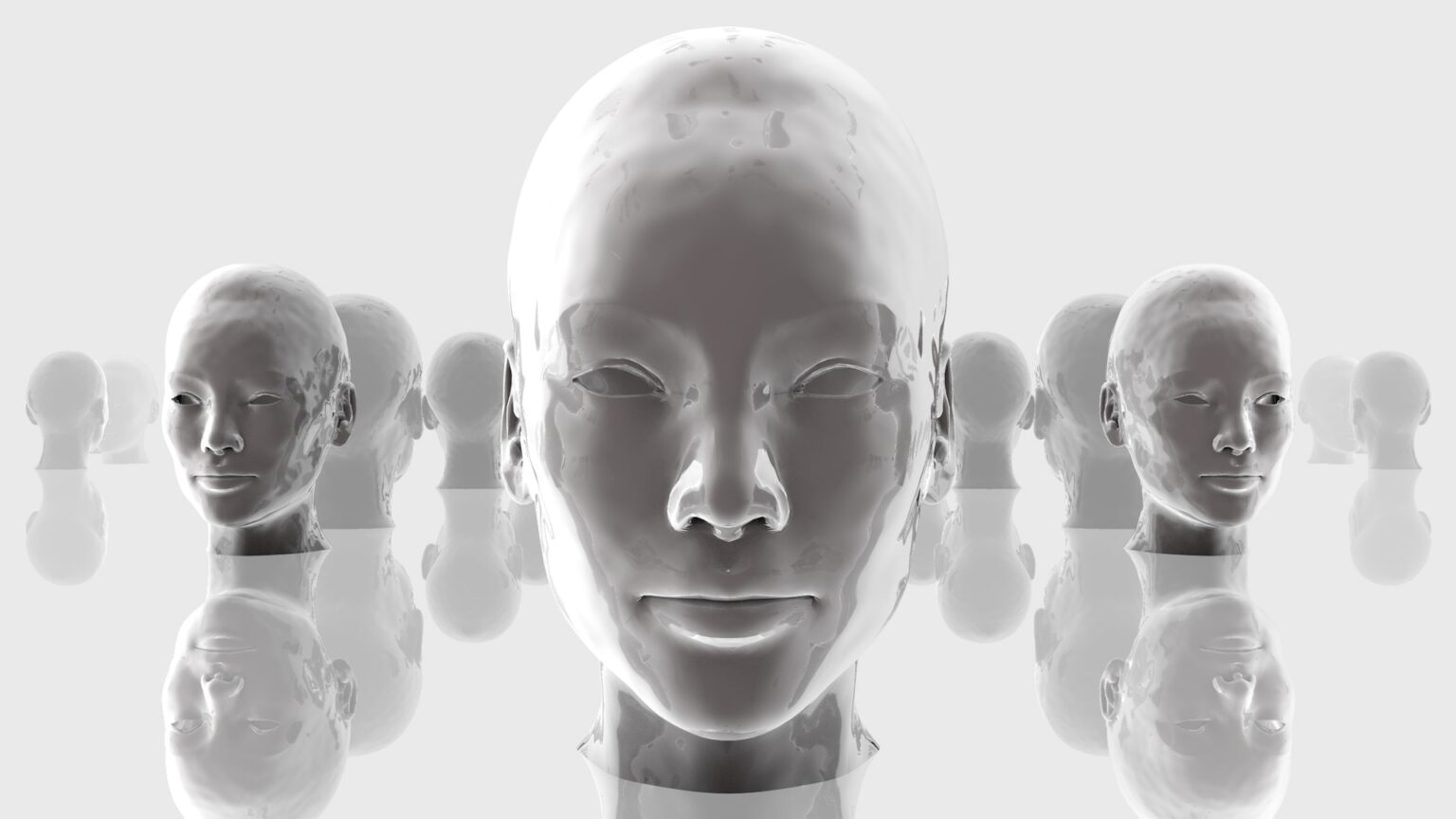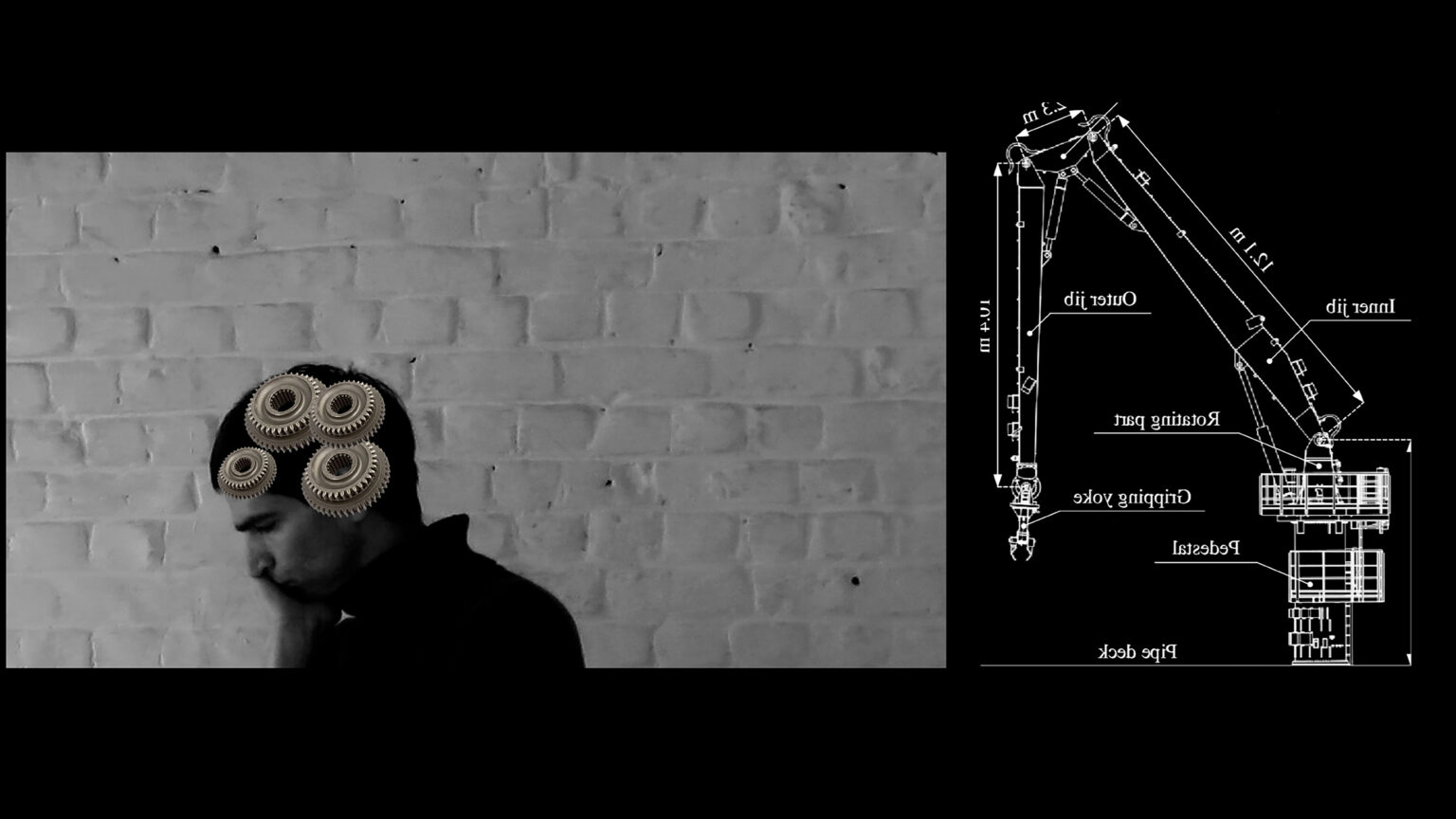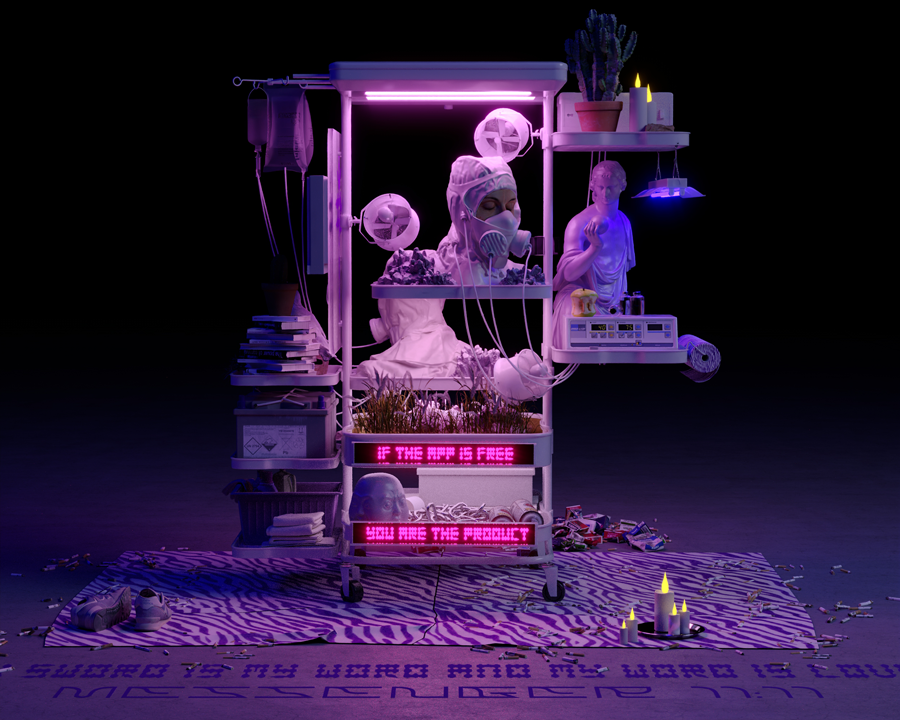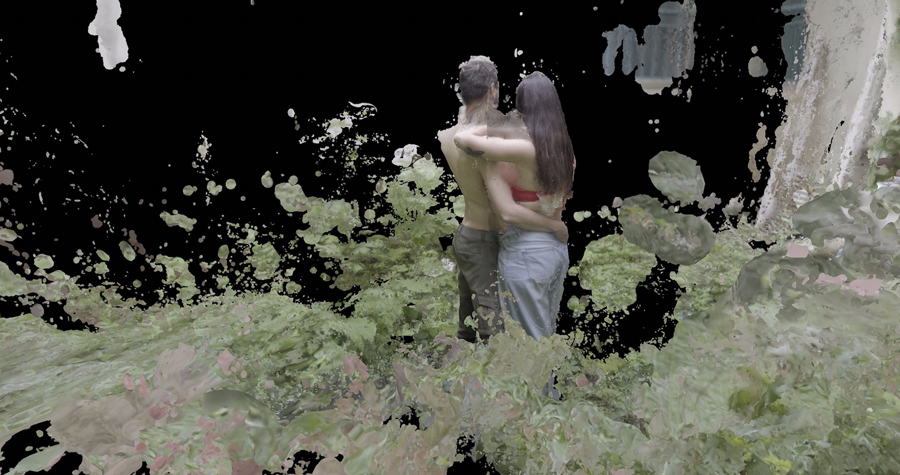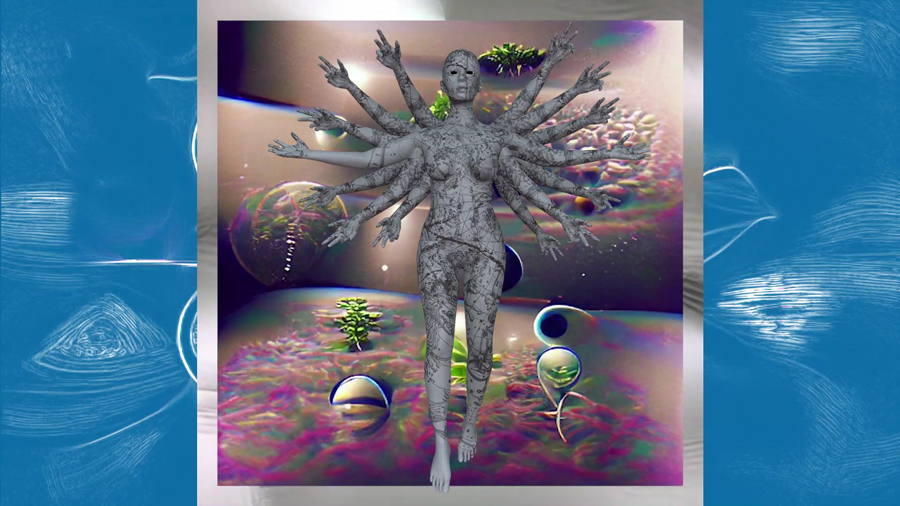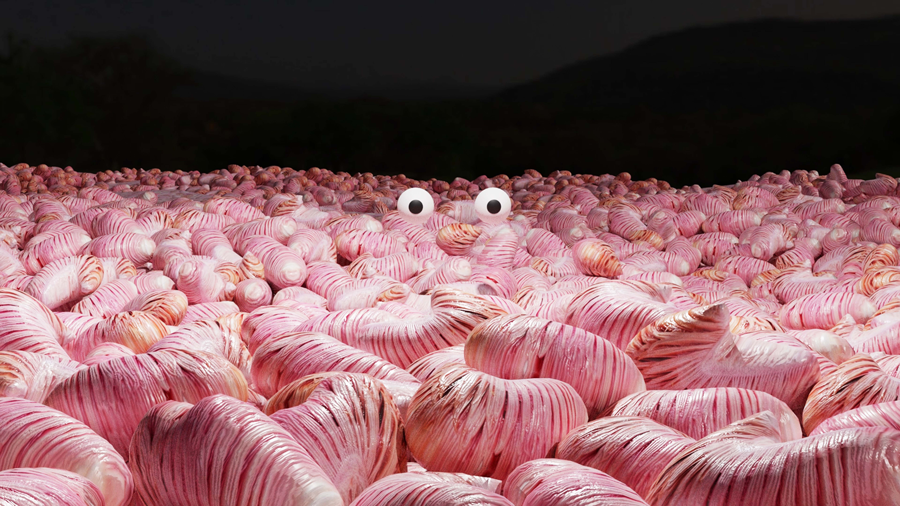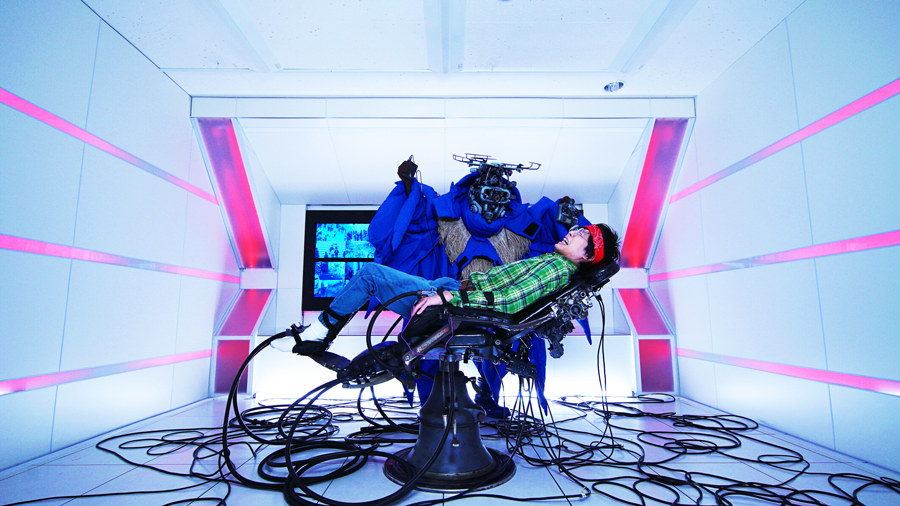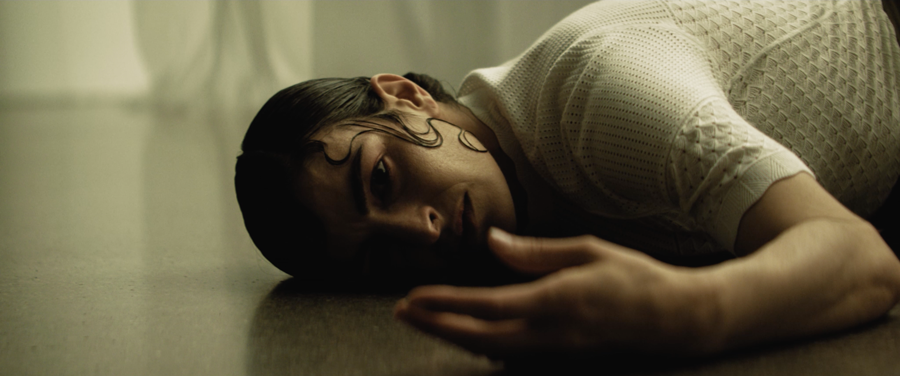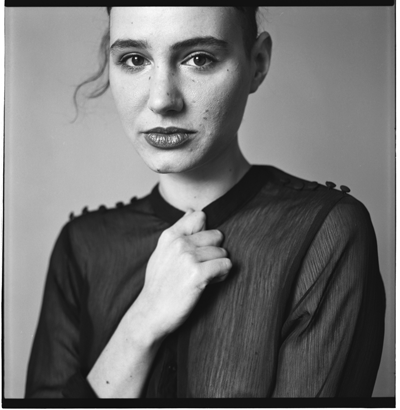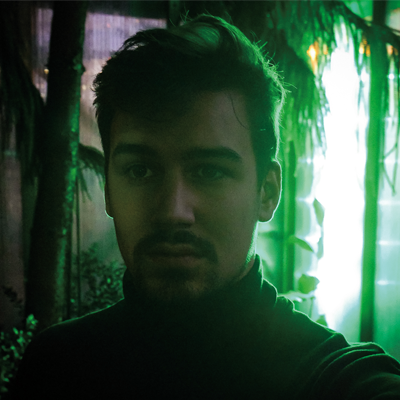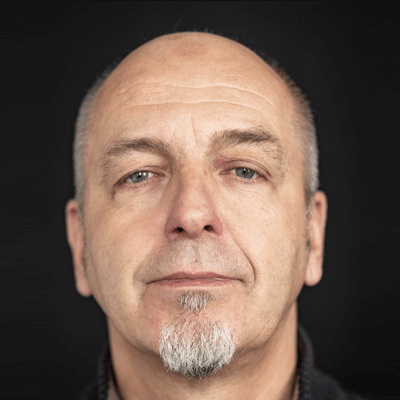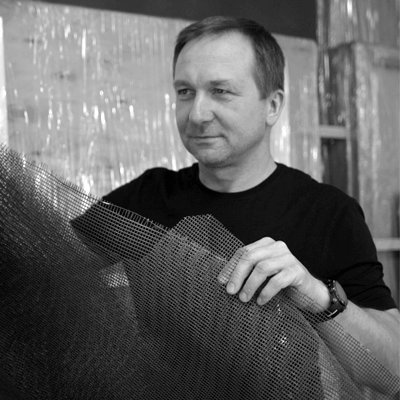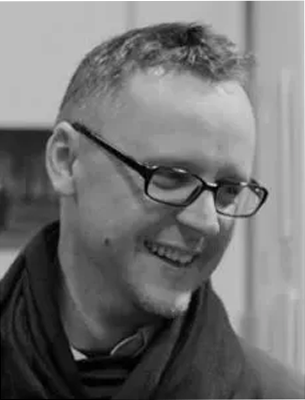On the 8th day man created machine. But he did not rest.
8DAY - Exit CODE - 8 Mediations Biennale Polska
Exhibition opening:
6 pm 20th January 2022
Curators: Ilias Chatzichristodoulou, Elli – Anna Peristeraki and Tomasz Wendland in Collaboration with ADAF | ADAF – Athens Digital Art Festival
Artists | ARTWORKS:
- Filipe Vilas-Boas | The punishment
- Nicole Rayburn | Ya – why so negative?
- Marcus Wendt | Hidden Layer
- Ben Skea | Future Exit Strategy
- Benjamin Grosser | Assorted Vision: The Matrix (Hue)
- Carmen Dusmet Carrasco & Guillaume Roux | Current Language
- Alex Karadanas | Singularity
- Flako Rojas | Mechanism
- Super Gonorrheia | Listen to Batteries
- Wes Vis | Anticommunion
- Nikos Kostopoulos | Electric Friend
- Taietzel Ticalos | Samples of irrational Frames
- Sohyun Lee | The Song of Diffusion
- Lauren John Joseph | Child of Polycritus
- Etchuko Itchihara | Namahage in Tokio
- Emil Dam Seidel | SHE
- Martyna Miller | Sexinsitu
- Filip Gajewski
- Harro Schmidt
- Marek Sibinsky
- Witold Zakrzewski
Filipe Vilas-Boas (PT) | The punishment
Nicole Rayburn (CA) | Ya – why so negative?
Marcus Wendt (DE) | Hidden Layer
Ben Skea (GB) | Future Exit Strategy
Benjamin Grosser (US) | Assorted Vision: The Matrix (Hue)
Carmen Dusmet Carrasco & Guillaume Roux (ES) (FR) | Current Language
Alex Karadanas (GR) | Singularity
Flako Rojas (VE) | Mechanism
Super Gonorrheia (GR) | Listen to Batteries
Wes Vis (UK) | Anticommunion
Nikos Kostopoulos (GR) | Electric Friend
Taietzel Ticalos (RO) | Samples of irrational Frames
Sohyun Lee (ROK) | The Song of Diffusion
Lauren John Joseph (UK) | Child of Polycritus
Etchuko Itchihara (JP) | Namahage in Tokio
Emil Dam Seidel (SE) | SHE
On the 8th day man created machine. But he did not rest
“By the seventh day God had finished the work he had been doing;
so on the seventh day he rested from all his work.”
In our times, as the relation between technology, science and art is constantly strengthened, these three sectors shape the manifestations of human behavior and expression. Through the above mentioned triptych, art-technology-science, man manages not only to explain the physical world but also to redefine his potentials and create new, digital realities.
With the help of technology, art and artistic creation are used as the intermediaries of communication between inconceivable, complex scientific knowledge and humans. They promote research and innovation, especially to the young generation enhancing their interest in the exploration of new developments. Thus, the wider public comes in contact with science and technology, integrates them experientially and becomes more educated.
On the other hand, as the development of science and technology drastically changes all fields of life, making man a “powerful creator”, art and philosophy come to question and criticize the way this power is controlled and handled. The technologically advanced world is not a terrestrial paradise; on the contrary, it can pose several risks even for its own creator, man.
As a result, with the aim to explore both utopian and dystopian views on the future of art, technology and science, ADAF and 8 Mediations Biennale Polska invite you to an event with special screenings.
On the 8th day man created machine. But he did not rest
